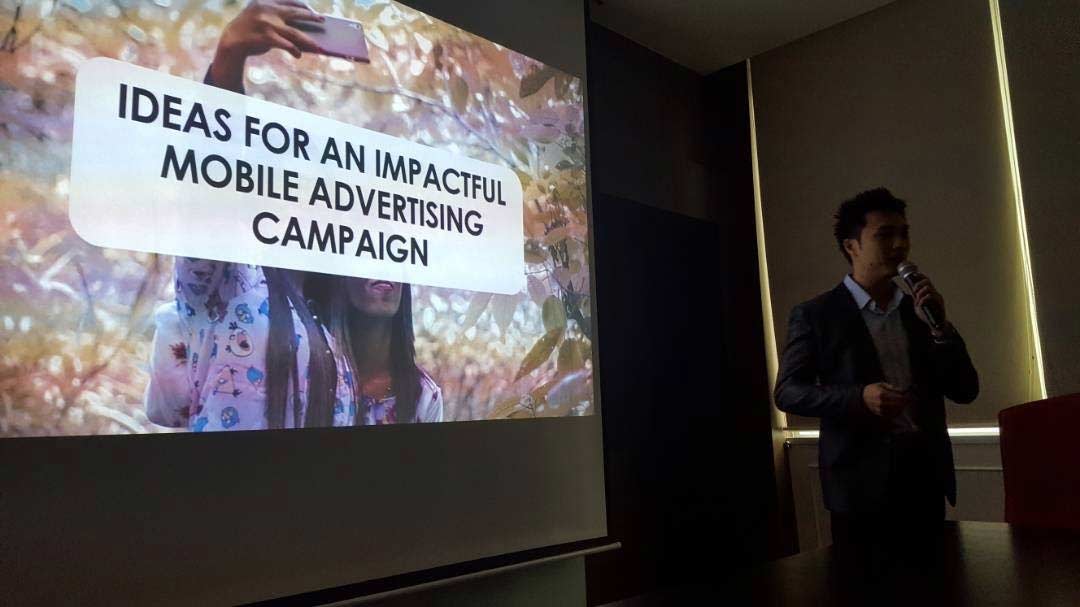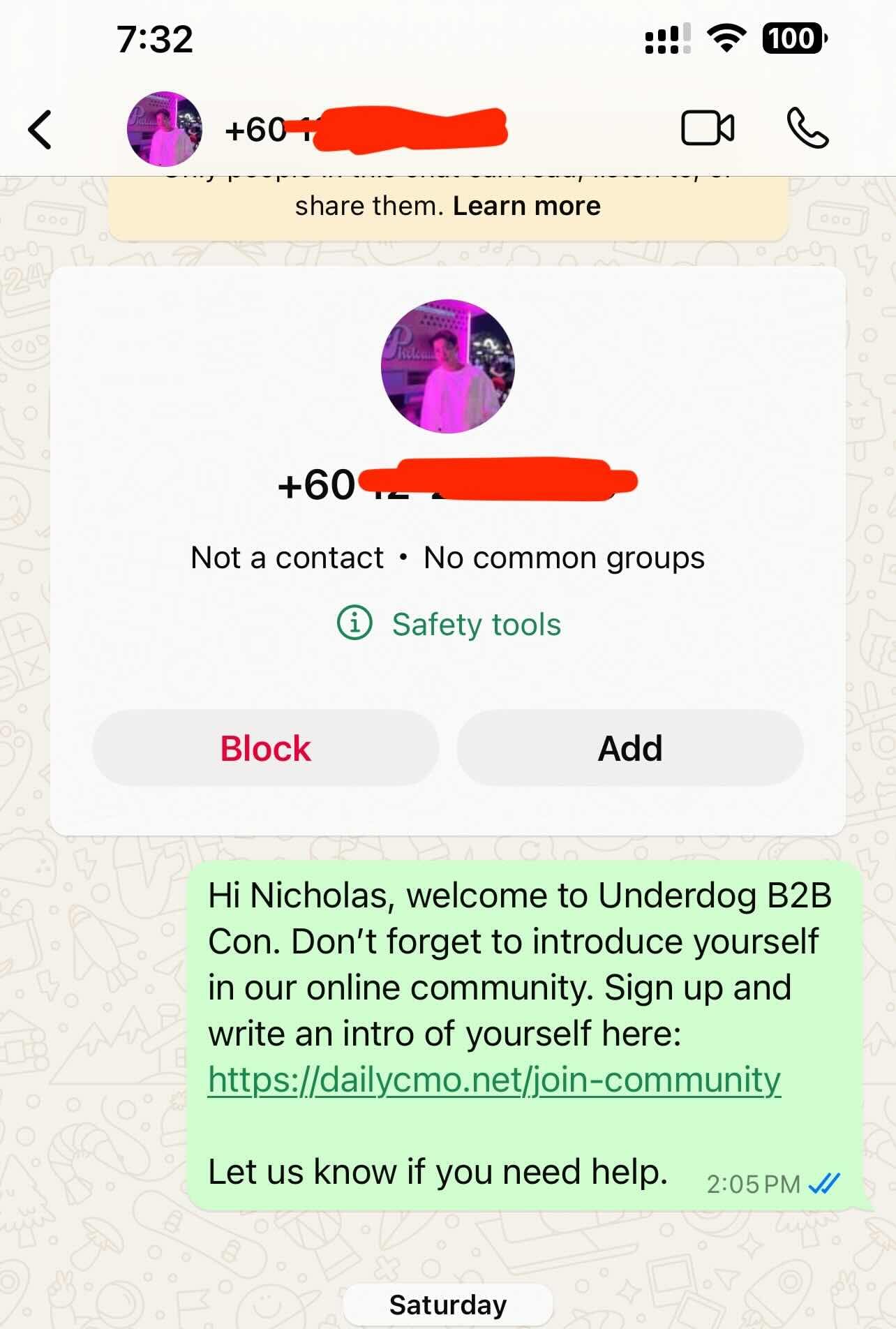Friends in "low places"
Stop chasing the CEO. Find friends in low places.

At one point in my career, I was a salesman. (Still am. Everyone is.)
I worked for a company called MobileAds and sold mobile advertising technology. My daily work would be to cold-call advertising agencies, secure a meeting, and then show up to pitch our services.
I did this in three countries – Malaysia, Indonesia & Thailand.
Here's what my process looked like.
- Find a prospect on LinkedIn
- Learn about prospect and send an introduction.
- Call the office and ask for the specific name.
- Quick intro by problem-solving on call.
- Ask for a meeting.
Did it work? Somewhat. Through the steps above, I've helped the company secure a few 6-figure advertising deals through large agencies like Dentzu and IPG Mediabrands.
There was something I found through the process.
It's that whatever success I got from selling the advertising solution came not from going after the CEOs of companies, but from reaching out to the media buyers, advertising heads, or department heads – people who are actually going to use my solution.
Friends in "low places"
If you're trying to sell your software or service, marketing to the CEO won't take you far.
They're too busy. They don't use these services personally. They delegate it to someone else in the company.
This person usually has a lower position in the company and is what Jay Conrad Levinson calls "a friend in low places."
Friends in low places are:
- People with problems your products and services solve.
- People who are frustrated and will resonate better when you sell to them.
- The ones who will convince the CEO to approve a budget or ask permission from their managers to adopt a service or buy a product.
If you're doing sales outreaches, here's a sales process you can use. It's the same way we invite speakers to Underdog Con
4 steps to effective sales prospecting
Before you go through the steps, remember, gathering information is the most important factor.
- Identify the prime prospects in the companies you want to market to. These are the people who resonate with the problems your products/services solve. Learn about them. What do they read? What events do they go to? The more information you have about your prospect, the better.
- Create "crunchy" marketing materials in the form of useful information. I'm talking about a lead magnet. Most people create crappy lead magnets. People don't want a 90-page report of something. They want a quick win that they can experience. If you sell sales training, maybe give away cold calling scripts that your prospects can use and immediately see an increase in success rates?
- Secure a meeting. Once you lead in with value, you would have earned a little trust in your capability to solve their problem. The next step is to secure a meeting with them. If you do the earlier steps correctly, this would have been inbound (they come to you automatically).
- Establish rapport and never hard sell. Everyone else is like sell, sell, sell! You approach with value. People are smart. They can intuitively tell if you're approaching them to sell. I usually pretend I'm a doctor. I don't interrupt them. I listen to what they say and probe for information. I use mirroring and labeling techniques to help them reveal more information to me. Remember, the more information you have, the easier the sales process.
And if I can help them, I'll make an offer.
And if I can't, I'll recommend other businesses and solutions who can – further strengthening my position as a trusted advisor.
Go where your customers are
I love emails. It doesn't interrupt or expect a reply.
But if you run a business in Malaysia, you'd realize one thing – most of your customers want to communicate on WhatsApp!
Whether manual or automated, you need to incorporate WhatsApp messaging in your business because your customers expect it.

We have partnered with OtoWA, a broadcast and automation WhatsApp tool, with one of the best customer support I've experienced in many years of business.
Start automating your WhatsApp with OtoWA
Write "Daily CMO" as referrer when you sign up for bonus credits!
